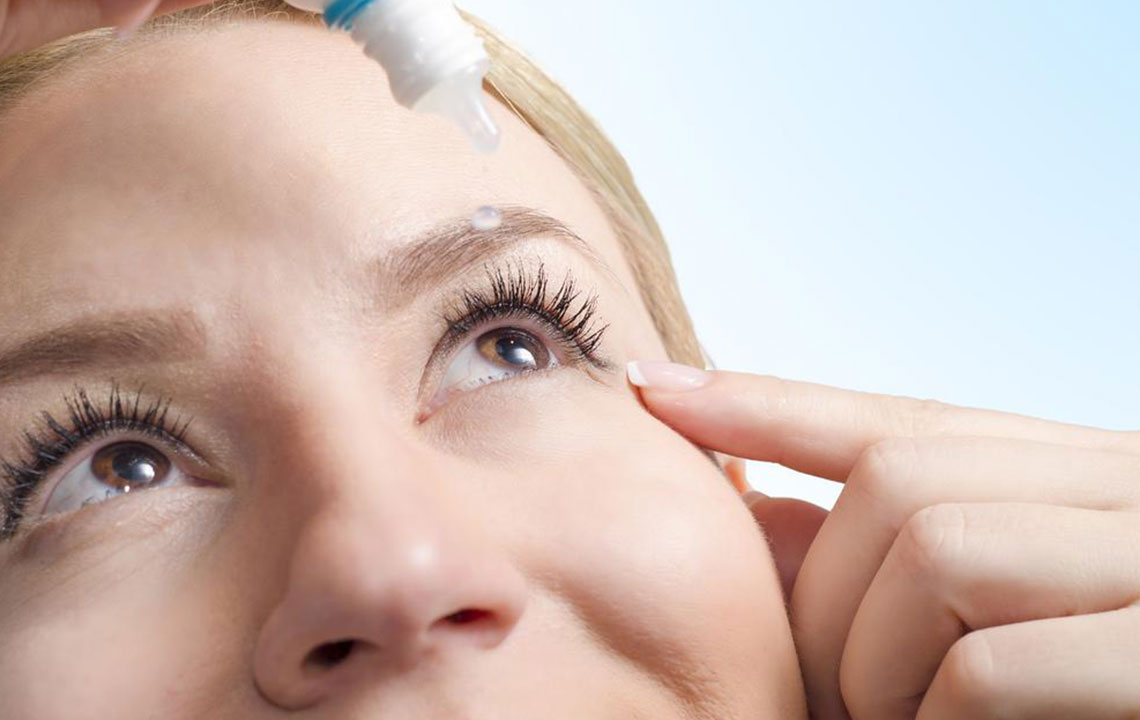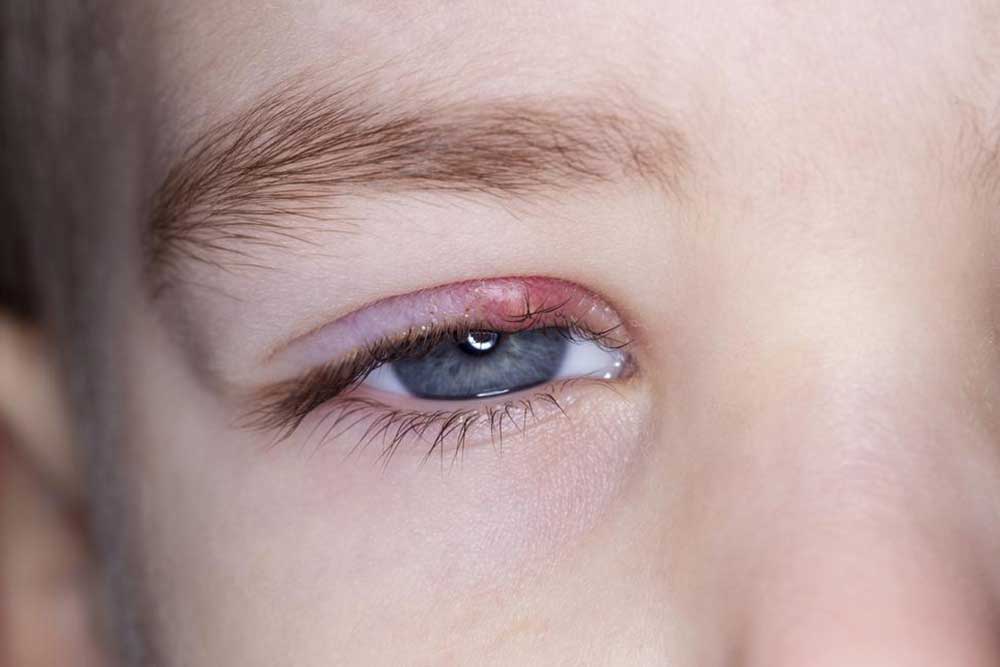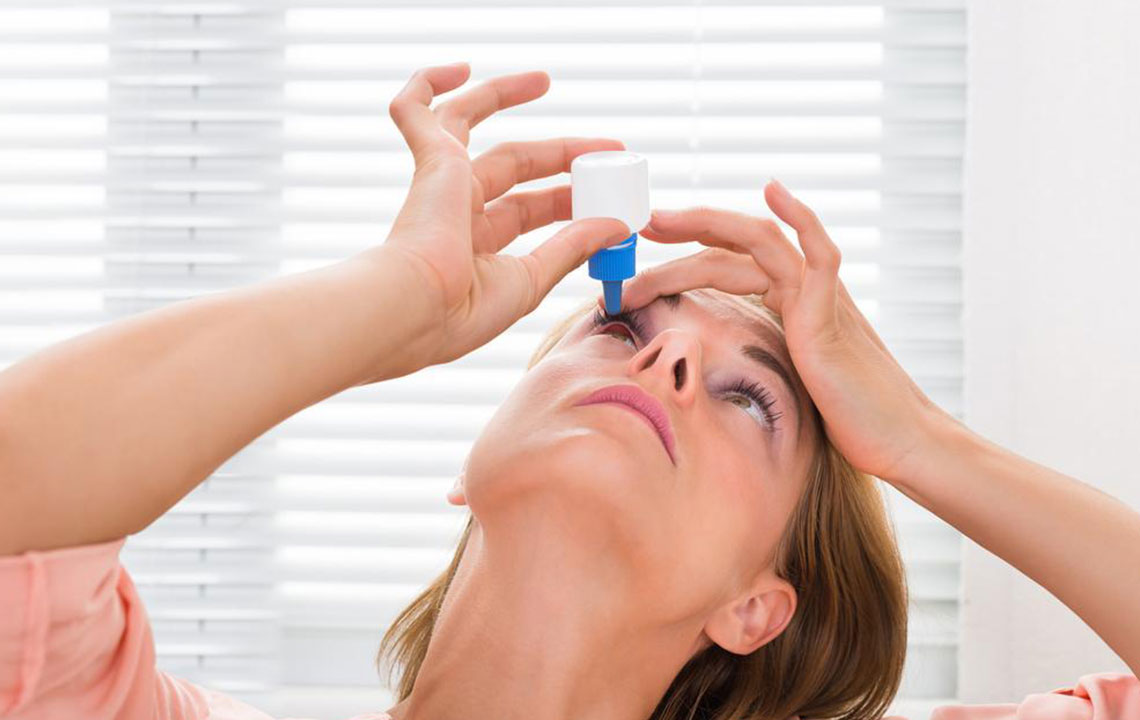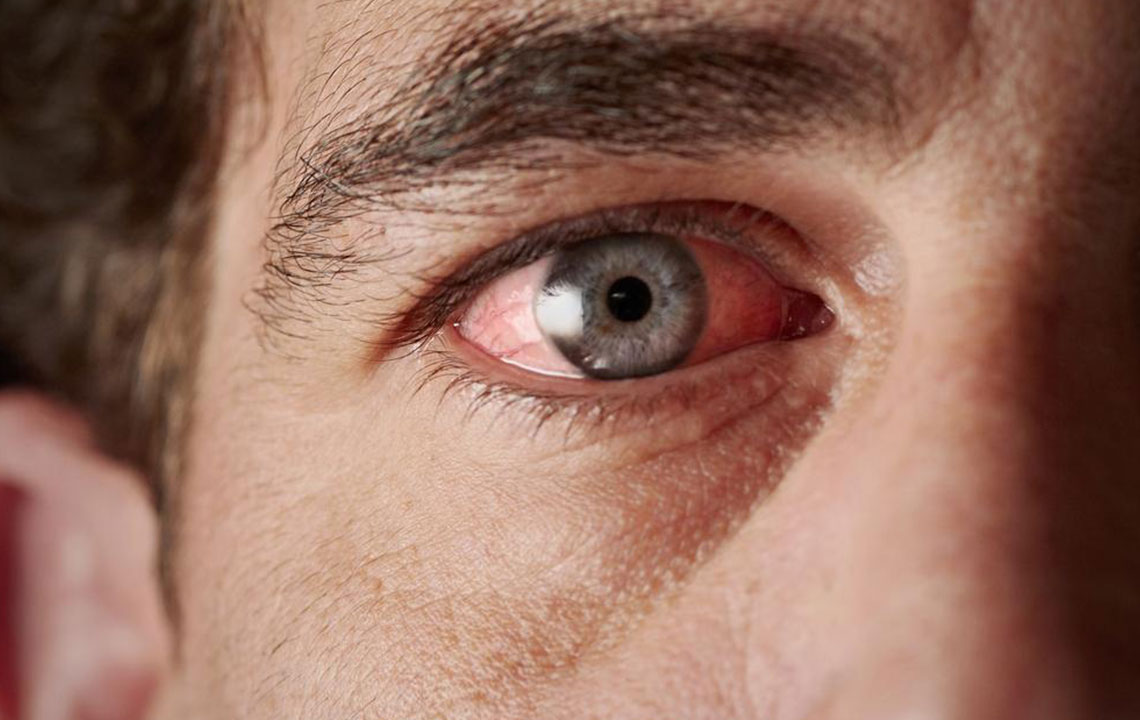Comprehensive Guide to Treating Pink Eye Effectively with Eye Drops
Pink eye (conjunctivitis) is a frequent eye infection that causes redness, irritation, and swelling. Managing it effectively involves choosing the right eye drops based on the cause—bacterial, viral, or allergic. Proper diagnosis from an eye care specialist, adherence to prescribed treatments, and good hygiene practices are essential for quick recovery. This comprehensive guide explains how to use eye drops safely, the types of medication available, and additional tips to prevent spread and complications. Timely and proper treatment helps reduce discomfort and limits infection transmission.
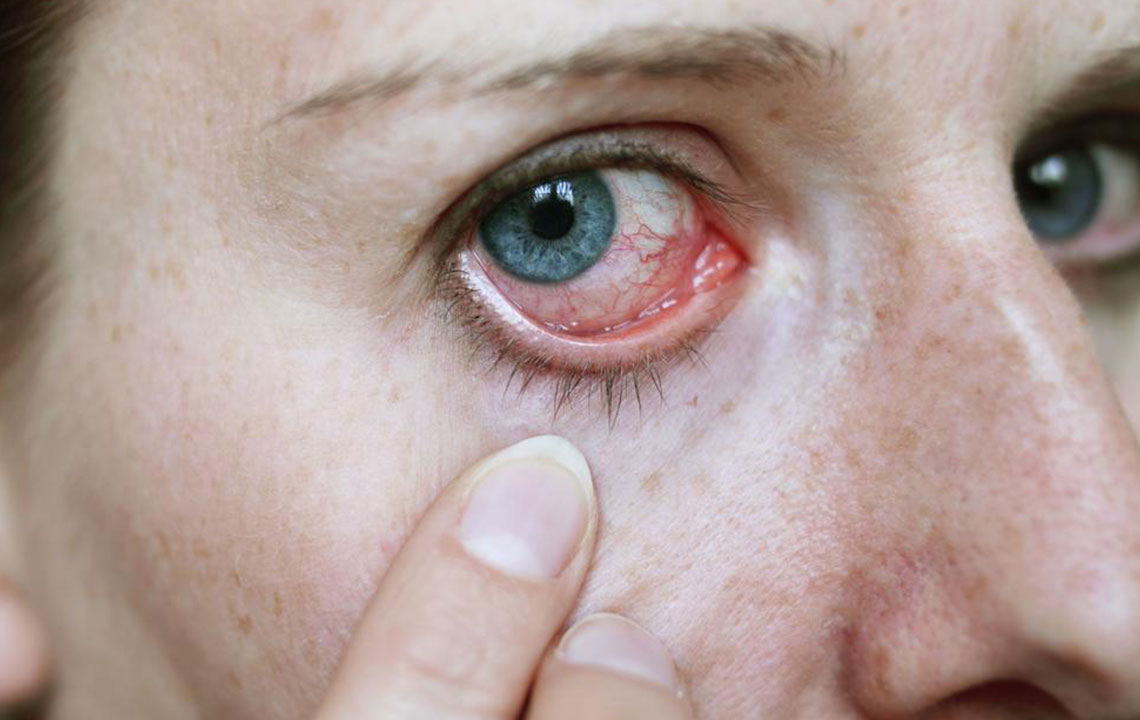
Effective Strategies for Managing Pink Eye Using Eye Drops
Pink eye, medically known as conjunctivitis, is one of the most common contagious eye infections affecting people of all ages worldwide. Characterized by symptoms such as redness, swelling, irritation, and discomfort in the eye, conjunctivitis can significantly impact daily life. Fortunately, the use of specially formulated eye drops offers an efficient way to alleviate symptoms, speed up recovery, and prevent further spread of the infection. However, understanding the different types of eye drops and how to use them properly is crucial for effective treatment.
Conjunctivitis can stem from various causes—including viral, bacterial, and allergic factors—each requiring specific treatments. Over-the-counter (OTC) remedies are available, but they should be used cautiously and preferably under the guidance of an eye care professional. Proper diagnosis is essential to choose the right medication, as inappropriate use of eye drops can lead to complications or prolonged infection.
When applying eye drops for pink eye, proper hygiene practices are vital. Always avoid touching the tip of the bottle or dropper to your infected eye or surrounding areas to prevent contamination. Wash hands thoroughly before and after application to maintain cleanliness and reduce the risk of Cross-infection. It’s also essential not to share eye drops with others, as this can spread the infection easily.
Different types of eye drops target specific causes of conjunctivitis:
Antibiotic eye drops are effective primarily against bacterial conjunctivitis. These medications work by killing bacteria or preventing their growth, leading to faster relief and infection clearance.
Antiviral eye drops are prescribed if the conjunctivitis is caused by viral infections, such as herpes simplex virus. These are less common but crucial in severe cases.
Antihistamine or anti-allergy eye drops are recommended for allergic conjunctivitis, helping to reduce itching, swelling, and redness caused by allergen exposure.
Consultation with an eye specialist is highly recommended for persistent or severe cases. An ophthalmologist can perform comprehensive examinations, identify the underlying cause, and prescribe the most suitable treatment plan. Prescription eye drops are tailored to individual cases, with options including antibiotics like aminoglycosides, fluoroquinolones, and sulfa drugs, which target bacterial pathogens effectively.
In allergic conjunctivitis, antihistamines or corticosteroid eye drops may be used to control inflammation and alleviate allergic responses. It is essential to adhere strictly to the prescribed dosage and duration to avoid potential side effects or resistance.
Remember, medication should only be obtained through proper medical prescription. Unsupervised or illegal purchase of eye drops can be dangerous, possibly leading to adverse reactions or worsening of the condition. For ongoing or worsening symptoms, consult your healthcare provider promptly. Sometimes, additional treatments such as oral medications or injections might be necessary, especially in severe cases.
Alongside medication, maintaining excellent hygiene by frequently washing hands, avoiding touching the eyes, and preventing contact with contaminated objects are key components of managing pink eye effectively. Wearing protective eyewear and avoiding contact lens use during infection can further reduce the risk of complications and facilitate faster recovery.
In summary, effective management of pink eye hinges on accurate diagnosis, appropriate use of eye drops, and strict hygiene practices. Prompt medical attention ensures tailored treatment, minimizes discomfort, and prevents the spread of infection to others. Understanding the different types of eye drops and their correct application is essential for swift and successful recovery from this common yet irritating eye condition.
